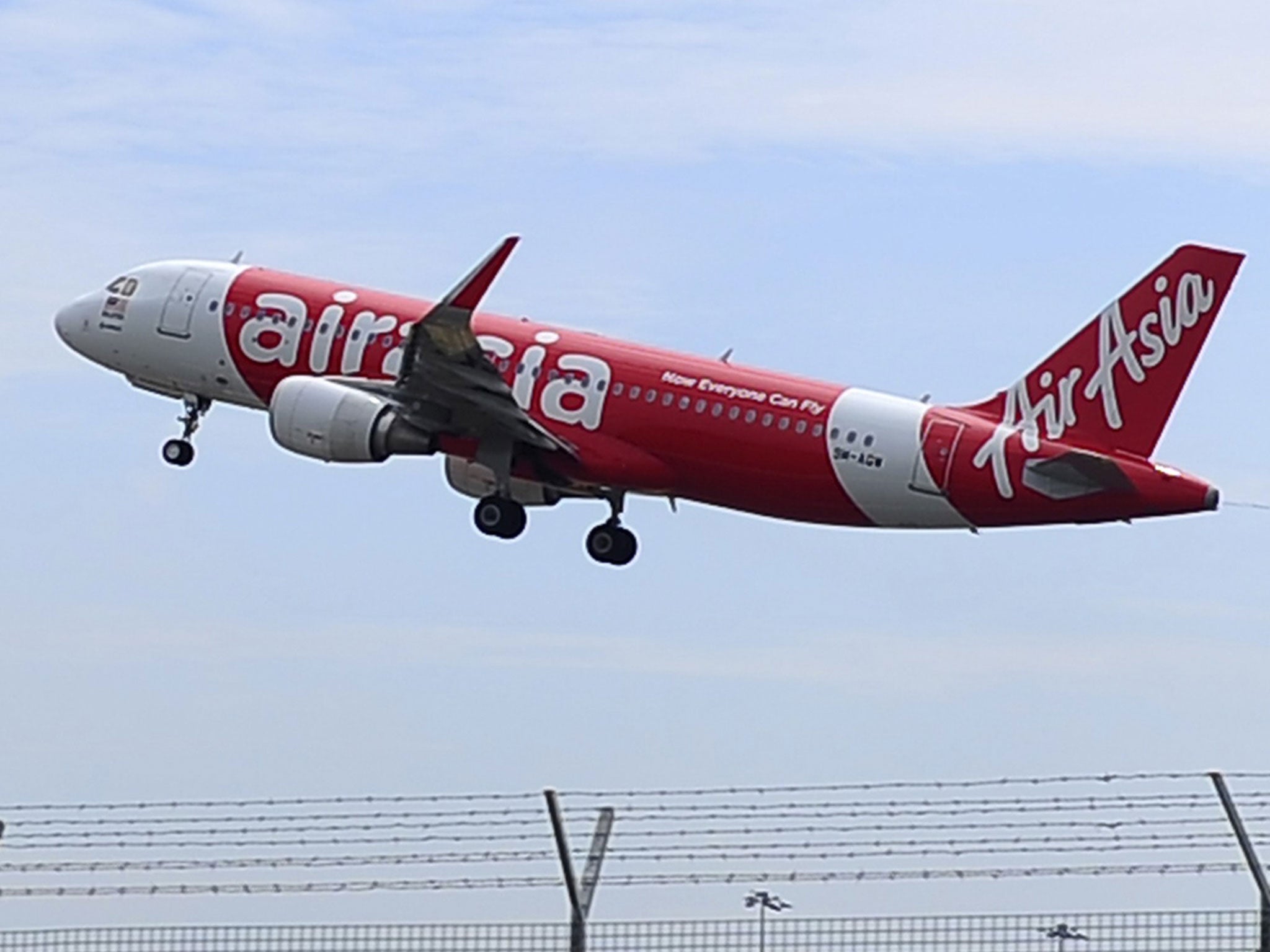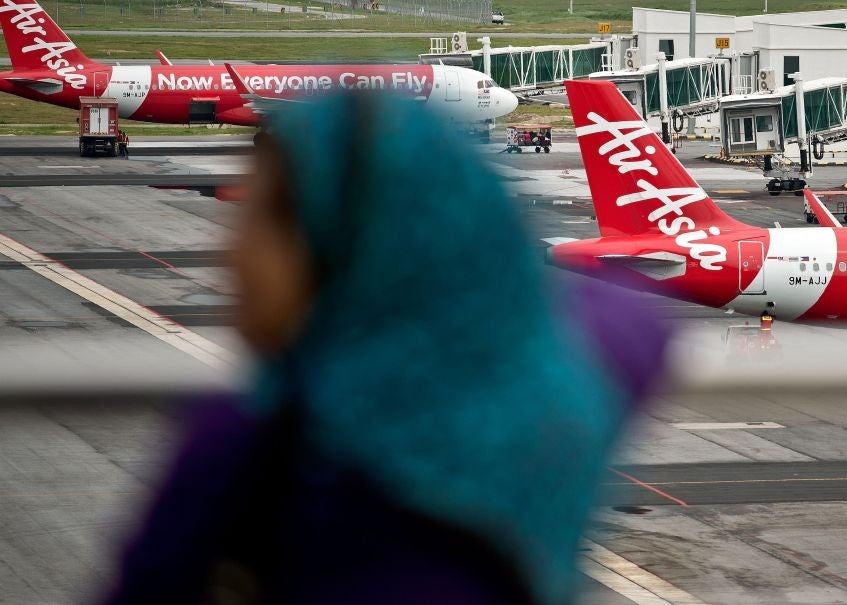AirAsia flight QZ8501: 8 theories that could explain the crash
Indonesian authorities have confirmed that debris found off the coast of Borneo yesterday does belong to the AirAsia flight

Your support helps us to tell the story
From reproductive rights to climate change to Big Tech, The Independent is on the ground when the story is developing. Whether it's investigating the financials of Elon Musk's pro-Trump PAC or producing our latest documentary, 'The A Word', which shines a light on the American women fighting for reproductive rights, we know how important it is to parse out the facts from the messaging.
At such a critical moment in US history, we need reporters on the ground. Your donation allows us to keep sending journalists to speak to both sides of the story.
The Independent is trusted by Americans across the entire political spectrum. And unlike many other quality news outlets, we choose not to lock Americans out of our reporting and analysis with paywalls. We believe quality journalism should be available to everyone, paid for by those who can afford it.
Your support makes all the difference.As Indonesian authorities continue retrieving the debris of AirAsia Flight QZ8501 we examine the theories surrounding the mysterious crash of the Airbus 320-200.
Flight QZ8501 disappeared on Sunday morning with 155 passengers and seven crew members on board.
Yesterday, an international search and rescue team discovered debris and bodies off the coast of Borneo – six miles from where the plane was last reported – later confirming the find as QZ8501.
1. Mid-air stall
The first, and perhaps likeliest, explanation for the crash is that a technical malfunction caused the pilot to accidentally stall the plane mid-air, a disaster that doomed an Air France passenger carrier in 2009.
Read more: Pilot describes seeing victims 'holding hands'
Powerful images from the search
First stories behind tragic victims
The Air France crash over the Atlantic is believed to have been caused when an airspeed measurement tool called Pitot tubes froze – causing the pilot to believe they were travelling significantly faster than they actually were.
The “contained” dispersal of debris supports this theory, claims former US Marine Corps fighter pilot Steve Ganyard. Other experts have pointed towards ice, rather than a thunderstorm, being the cause of the aircraft stalling.
"Maybe it was in a stall, mushing to the ground at maybe 100, 150 mph,” Mr Ganyard told Good Morning America. “It did not hit at a very high rate of speed, which would have dispersed lots of debris all over and we wouldn't see that shadow."
Other experts point out that the Air France flight was travelling at night – meaning the pilot was unable to see the horizon and estimate his speed – whereas the AirAsia aircraft came down during Sunday morning so the pilot would have been able to see the sun and track his speed, correcting any error before it became fatal.
2. Small explosion
A small bomb may have gone off inside the aircraft, explaining its abrupt disappearance from radar screens – and the absence of distress signals in the moments before impact.
Former US Air Force pilot John Nance told ABC News: "Maybe one that wasn't strong enough to blow the airplane into pieces at altitude, but maybe one that blew the control cables from the hydraulics".
This theory has been contested by Mr Nance who claimed that an emergency of this kind (such as a fire for example) would have involved a distress call to air traffic control – which did not happen.
3. Human error – ‘Thunderstorm factory’
The area where flight QZ8501 went down is reportedly avoided by veteran pilots because of its violent weather patterns – earning it the name the ‘thunderstorm factor’.
Aviation expert Neil Hansford claimed someone “dropped the ball” when plotting the aircraft’s course.

"You plan to go around it. You don't plan to go through it," he told Australia’s Nine News.
Mr Hansford further claimed that a language barrier – the first officer spoke French while captain Iriyanto's first language was Bahasa – significantly contributed to the possible pilot error.
"I've said all along it was never going to be engineering," Mr Hansford claimed.
However, captain Iriyanto is reportedly an experienced former Air Force pilot who flew F-16 fighter jets and had clocked a respectable 20,537 hours of flying experience, 6,100 on an Airbus A320.
4. Weather
Building on top of the previous theory is that the pilot asked air control for permission to climb higher, shortly before radio communication was lost. Aviation expert captain Mike Vivian told Sky News that storms can extend thousands of feet into the sky, and thunder clouds can cause serious damage to aircraft.
Despite this, pilots – especially in the area around Indonesia - are experienced at handling such conditions and passenger carriers are tested and proofed against adverse weather affecting the aircraft.
5. Catastrophic metal fatigue
The cycle of pressurisation and depressurisation associated with each takeoff and landing can contribute and cause what is known as catastrophic metal fatigue. The humidity of the local climate speeds up corrosion over the aircraft’s 13,600 landing cycles.
But it is unlikely this was a contributory factor in the crash as the passenger carrier had only been in service for six years when it vanished.
6. Mechanical failure

There have been 26 crashes involving the A320 since it was introduced in 1988 – an average of one a year.
Even so, the Airbus A230 - known as the ‘workhorse’ of modern aviation - has a good safety record with only 0.14 fatal accidents per million take offs, according to a Boeing safety study. Aviation expert Gideon Ewers also told Sky News that the 26 crashes were caused by issues other than mechanical faults.
7. Murder-suicide
Another explanation may be a pilot murder-suicide. Mr Nance claimed this was the case in at least three other crashes in the past 20 years.
8. 'Black Hand'
The final theory, and a dubious one at that. A mysterious post on 15 December on a Chinese web forum went viral in the days immediately following the aircraft’s disappearance after it appeared to warn people against travelling on AirAsia flights – as they were being targeted by ‘Black Hand’.
‘Black Hand’ is believed to be a metaphor for covert organisations, operating underground, who previously have been linked to the disappearance of Malaysian Airline flight MH370.
After a flurry of activity, as hundreds of thousands read and discussed the original post, the user disappeared online on 17 December.
Join our commenting forum
Join thought-provoking conversations, follow other Independent readers and see their replies
Comments